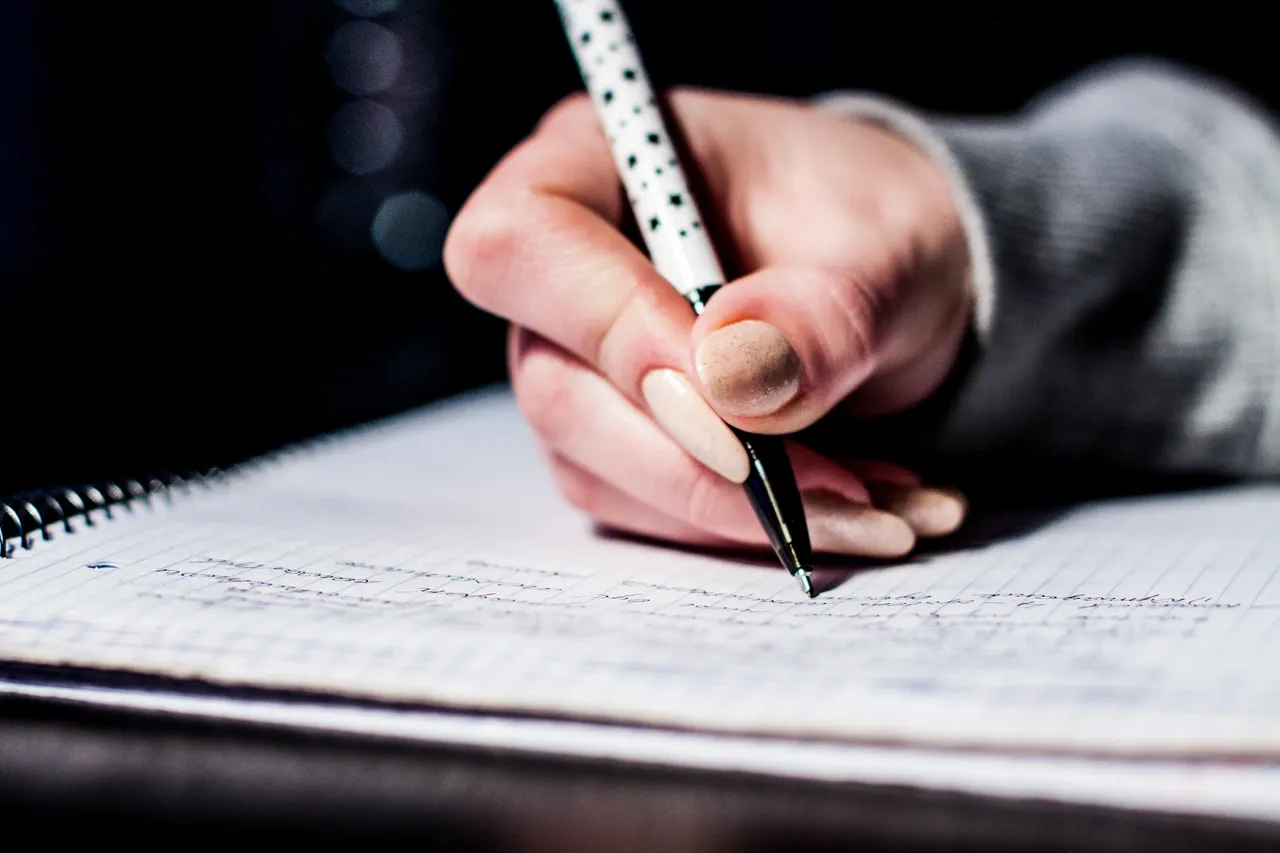Social anxiety disorder, also called social phobia, is an intense and often overwhelming fear of social situations. While many people may feel nervous when meeting new people or speaking in public, those with social anxiety experience much more severe reactions that can make daily life incredibly difficult.
In recent years, research has shown that social anxiety disorder not only affects a person’s relationships and day-to-day activities but also has significant effects on the brain. Understanding how social anxiety affects the brain can help guide more effective treatments.
Brain Areas Affected by Social Anxiety:
| Brain Area | Function | Impact from Social Anxiety |
|---|---|---|
| Amygdala | Processes emotions like fear and anxiety | Overactive, leading to heightened fear |
| Prefrontal Cortex (PFC) | Decision-making and self-control | Underactive, less able to manage fear |
| Anterior Cingulate Cortex | Regulates emotions and social rejection | Overactive, causing increased sensitivity |
| Fusiform Gyrus | Processes faces and social cues | Varies based on coping strategy (over/underactive) |
| Hippocampus | Learning and memory | Overactive, fails to learn that situations are safe |
How Social Anxiety Impacts the Brain
Social anxiety disorder affects several key areas of the brain responsible for processing emotions, danger, and social cues. Let’s look at five of the most critical brain areas that are altered by social anxiety:
1. The Amygdala and Social Anxiety
The amygdala is the brain’s fear center, responsible for regulating emotions like fear and anxiety. In people with social anxiety disorder, the amygdala is overactive, which means they often perceive social situations as more threatening than they truly are.
Studies show that people with social anxiety experience an exaggerated fear response when looking at fearful or angry faces. This reaction is linked to lower levels of oxytocin, a chemical that helps reduce anxiety. In fact, research has shown that when socially anxious people receive oxytocin, their amygdala’s response to social threats decreases.
2. The Prefrontal Cortex (PFC) and Poor Control Over Fear
While the amygdala is overactive, the prefrontal cortex (PFC) — the part of the brain that helps with planning, decision-making, and controlling emotions — is underactive in people with social anxiety. This underactivity makes it difficult for the brain to manage fear and anxiety in social situations.
Additionally, the PFC often struggles to communicate with the amygdala in socially anxious individuals. Instead of calming the amygdala down, the PFC may end up making anxiety worse by sending the wrong signals.
Effects of Prefrontal Cortex Dysfunction:
| Normal PFC Function | PFC Function in Social Anxiety |
|---|---|
| Sends calming signals to the amygdala | Fails to control amygdala’s fear response |
| Helps focus attention away from threats | Overfocuses on social threats, like angry faces |
The Role of the Anterior Cingulate Cortex (ACC) in Social Rejection
The anterior cingulate cortex (ACC) plays a key role in regulating emotions, especially when dealing with social rejection or perceived negative feedback. In people with social anxiety, the ACC becomes overactive in response to faces with negative expressions, such as anger or disapproval.
This overactivity may explain why socially anxious people are so sensitive to social rejection or criticism, even when the situation is neutral. Their brains are wired to expect rejection, making it harder for them to regulate their emotional responses to social interactions.
The Fusiform Gyrus and Social Cues
The fusiform gyrus is the brain region involved in recognizing faces and processing social cues. Depending on a person’s coping mechanisms, this area can be either overactive or underactive. For instance, people who tend to avoid social interactions may have an underactive fusiform gyrus, leading them to avoid eye contact or focus less on faces.
On the other hand, socially anxious individuals who focus too much on social cues may have an overactive fusiform gyrus, causing them to misinterpret neutral faces as negative or threatening.
The Hippocampus and Social Learning
The hippocampus, involved in memory and learning, also plays a role in social anxiety. In socially anxious individuals, the hippocampus may be overactive, which means they fail to learn that new social situations are not threatening. Instead, their brain continuously identifies familiar faces as threatening, preventing them from feeling comfortable or safe in social settings.
Social Anxiety’s Effects on the Body:
| Physical Symptom | Description |
|---|---|
| Blushing | Face turns red due to increased blood flow |
| Excessive sweating | Overactive sweat glands in social situations |
| Increased heart rate | Rapid heartbeats due to fear and anxiety |
| Muscle tension | Rigid posture and tight muscles |
| Nausea and stomach pain | Digestive issues triggered by anxiety |
What Happens to the Body During Social Anxiety?
Social anxiety doesn’t just affect the brain — it also has a profound impact on the body. When someone with social anxiety enters a stressful situation, their body reacts with various physical symptoms, such as blushing, excessive sweating, and a rapid heart rate.
The body also releases high levels of stress hormones like cortisol and adrenaline, which can cause nausea, muscle tension, and shortness of breath. These reactions make social situations even more overwhelming for those with anxiety.
Effective Treatments for Social Anxiety
While social anxiety can be difficult to manage, effective treatments are available. Two of the most popular treatments are:
- Cognitive Behavioral Therapy (CBT) – This form of therapy helps individuals identify and change negative thought patterns. Research shows that CBT can alter how the brain reacts to social criticism and teaches important social skills.
- Medications – Selective serotonin reuptake inhibitors (SSRIs) and anti-anxiety medications like benzodiazepines are often prescribed to help manage anxiety symptoms. Combining medication with therapy often results in the best outcomes.
In addition to therapy and medication, support groups provide a great way for people with social anxiety to connect with others who share similar struggles.
FAQs
Q1: What are the main brain areas affected by social anxiety?
The primary areas include the amygdala, prefrontal cortex (PFC), anterior cingulate cortex (ACC), fusiform gyrus, and hippocampus. These regions regulate emotions, fear responses, and social cues.
Q2: How does social anxiety affect the body?
Social anxiety causes physical symptoms like blushing, excessive sweating, a rapid heart rate, and nausea. Stress hormones like cortisol and adrenaline increase, intensifying these symptoms.
Q3: What treatments are effective for social anxiety?
Cognitive Behavioral Therapy (CBT) and medications such as SSRIs or benzodiazepines are commonly used to treat social anxiety. Many individuals benefit from combining these treatments with support groups.




